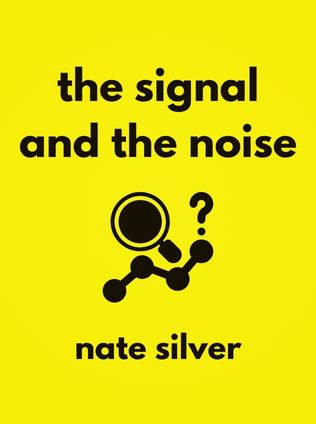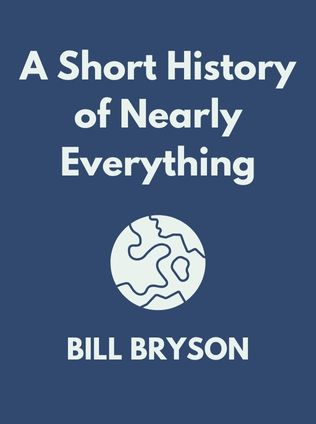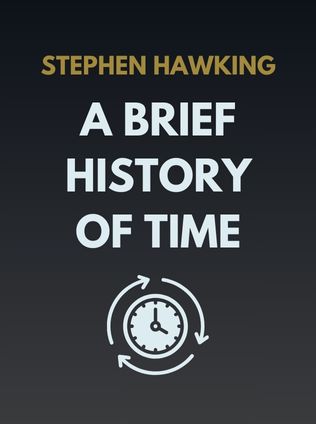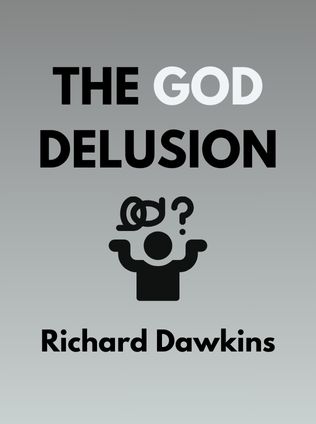
The Signal and the Noise
Why So Many Predictions Fail—But Some Don't
By Nate Silver
Published 09/2012
About the Author
Nate Silver is a renowned statistician and the founder of FiveThirtyEight, a political analysis website that gained widespread acclaim for its accurate predictions of U.S. elections. Before his rise to prominence in political forecasting, Silver worked as a professional poker player and a baseball analyst, where he developed PECOTA, a system highly regarded for predicting baseball players’ future performances. Silver's expertise in dealing with probabilities, statistics, and predictions across various fields uniquely positions him to explore why predictions often fail and how they can be improved. His book, The Signal and the Noise, delves into these topics, offering insights from his experiences and an in-depth analysis of prediction methods.
Main Idea
In The Signal and the Noise, Nate Silver argues that our failures in prediction stem from our inability to distinguish signal (relevant information) from noise (irrelevant or misleading data). He contends that predictions are often derailed by mental errors, such as overconfidence, bias, and incorrect assumptions. To mitigate these errors and improve our predictions, Silver advocates for the use of Bayesian inference—a statistical method that emphasizes updating our beliefs and predictions in response to new evidence. The book is a deep dive into various fields reliant on prediction, including politics, economics, and meteorology, offering lessons that are applicable to both high-stakes decisions and everyday choices.
Table of Contents
- Understanding the Challenge of Prediction
- The Mental Pitfalls that Complicate Prediction
- Improving Predictions with Bayesian Logic
- Modern Challenges to Accurate Prediction
Understanding the Challenge of Prediction
Prediction is an inherently difficult task, even under the best circumstances. Nate Silver opens The Signal and the Noise by acknowledging this complexity. To make accurate predictions, one needs both comprehensive data and a deep understanding of the system being analyzed. Silver compares fields like meteorology, which has a wealth of data and well-understood principles, to seismology, where predicting earthquakes remains nearly impossible due to the rarity of events and the difficulty in measuring relevant factors.
Silver argues that the problem is often exacerbated by the lack of sufficient information. For example, meteorologists have abundant data about atmospheric conditions and a strong grasp of the physical laws governing weather patterns. As a result, they can make relatively accurate short-term weather predictions. However, in fields like seismology, the challenge is greater because the infrequent and complex nature of earthquakes makes pattern detection difficult. This comparison illustrates how the quality and quantity of information can significantly impact the reliability of predictions.
Moreover, Silver highlights that many systems are simply too complex to fully understand. Economic forecasting is a prime example, where even small errors in initial assumptions can compound over time, leading to significant inaccuracies. The interconnectedness of economic variables, feedback loops, and unclear causal relationships make it difficult for even the most sophisticated models to predict economic trends accurately. This complexity is not unique to economics but is present in any system where numerous variables interact in unpredictable ways.
Sign up for FREE and get access to 1,400+ books summaries.
You May Also Like
Rich Dad Poor Dad
What the Rich Teach Their Kids About Money - That the Poor and Middle Class Do Not!
By Robert T. KiyosakiFreakonomics
A Rogue Economist Explores the Hidden Side of Everything
By Steven D. Levitt and Stephen J. DubnerI Am Malala
The Story of the Girl Who Stood Up for Education and Was Shot by the Taliban
By Malala YousafzaiFactfulness
Ten Reasons We're Wrong About the World – and Why Things Are Better Than You Think
By Hans Rosling



















